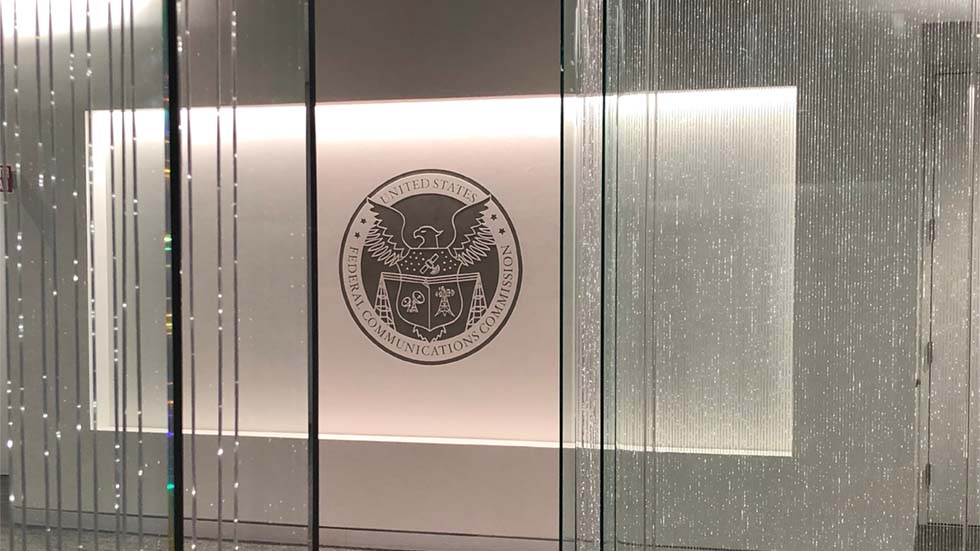ATSC Ratifies MPEG-4
Broadcasters are no longer locked into a compression format that handicaps the competition, but it will be a while before they can take full advantage of the algorithm recently adopted by the industry standards body. The Advanced Television Systems Committee announced this week that it adopted MPEG-4, a compression technology that squeezes more video into a bitstream than MPEG-2, the current U.S. DTV standard. Video compression is at the very heart of the digital television transition. Without it, there broadcasters couldn’t transmit a digital TV signal in the 6 MHz of spectrum they’ve been allotted for their analog signals. Raw 1080i high-def video alone generates around 1,000 megabits per second. Using MPEG-2 compression, broadcasters squeeze it into their 6 MHz of real estate at less than 19 Mbps. MPEG-4, also referred to as AVC (advanced video coding), and H.264, allows further compression, freeing up more space for multicasting, datacasting or mobile broadcasting. Many telephone companies are using MPEG-4 compression in their IPTV operations. Tandberg Television is one of the primary suppliers of MPEG-4 encoders. MPEG-4 is unlikely to make immediate inroads into broadcast television, however, because it can’t be decoded by current television sets. Telcos can use it because the decoding happens in set-top boxes supplied to subscribers. Off-the-shelf digital TV sets just decode MPEG-4. It will more than likely be used in conjunction with the mobile broadcasting standard now in development at the ATSC. The new standard, A/72 standard is available for download at: http://www.atsc.org/standards/a72.php.
Get the TV Tech Newsletter
The professional video industry's #1 source for news, trends and product and tech information. Sign up below.
